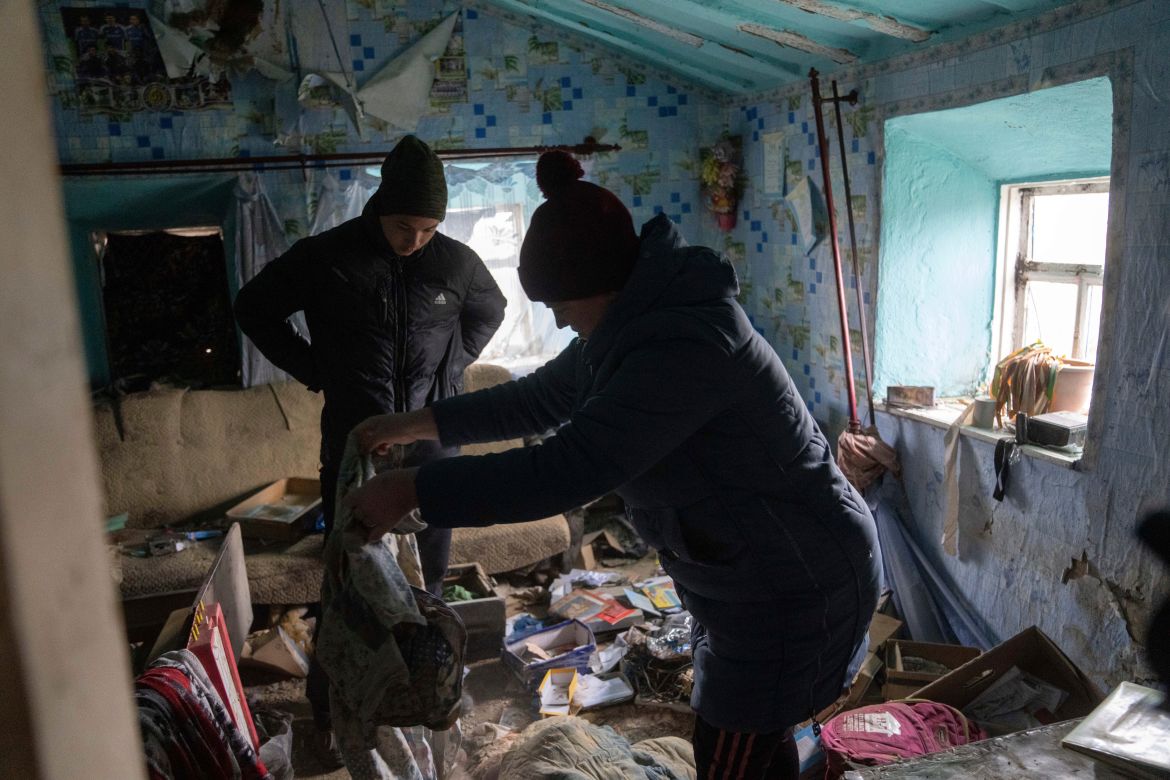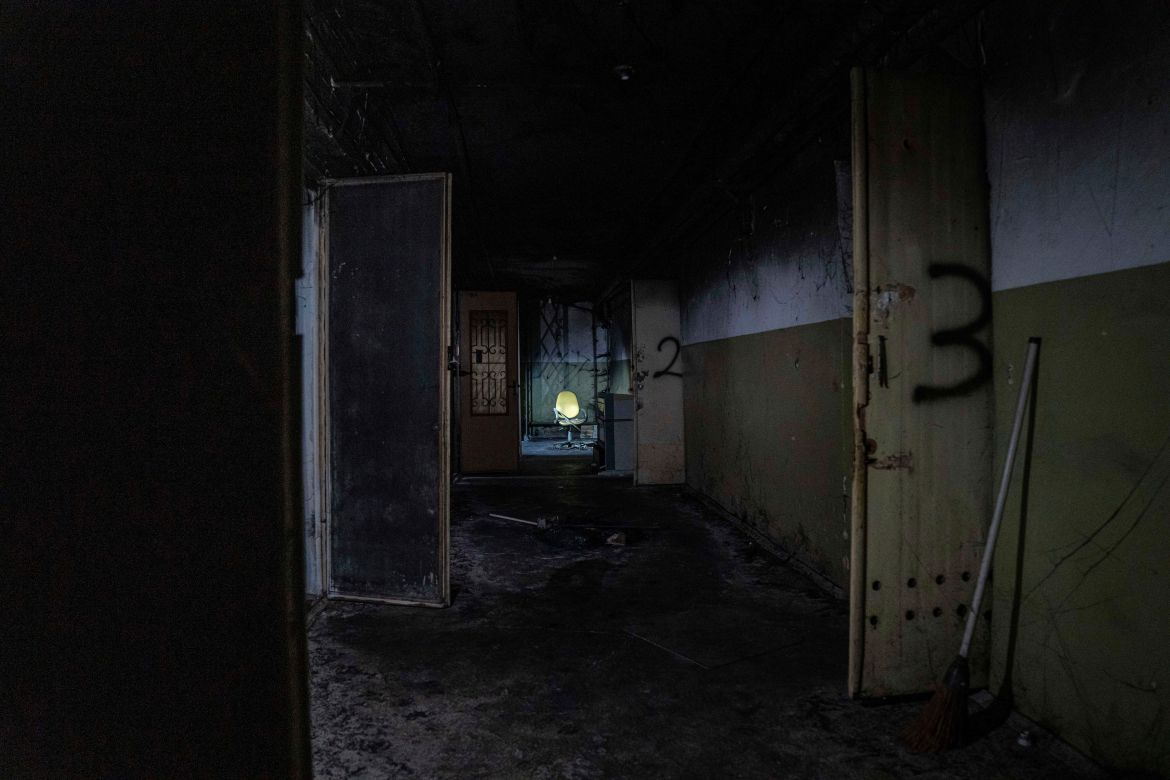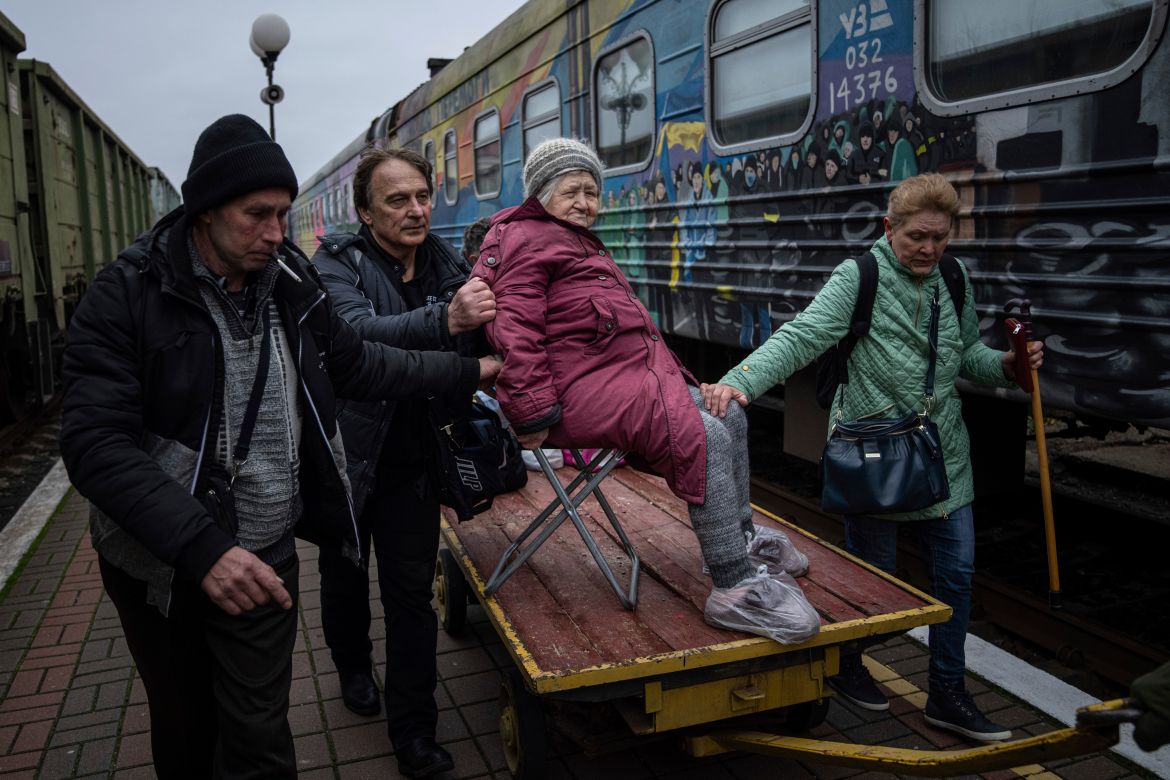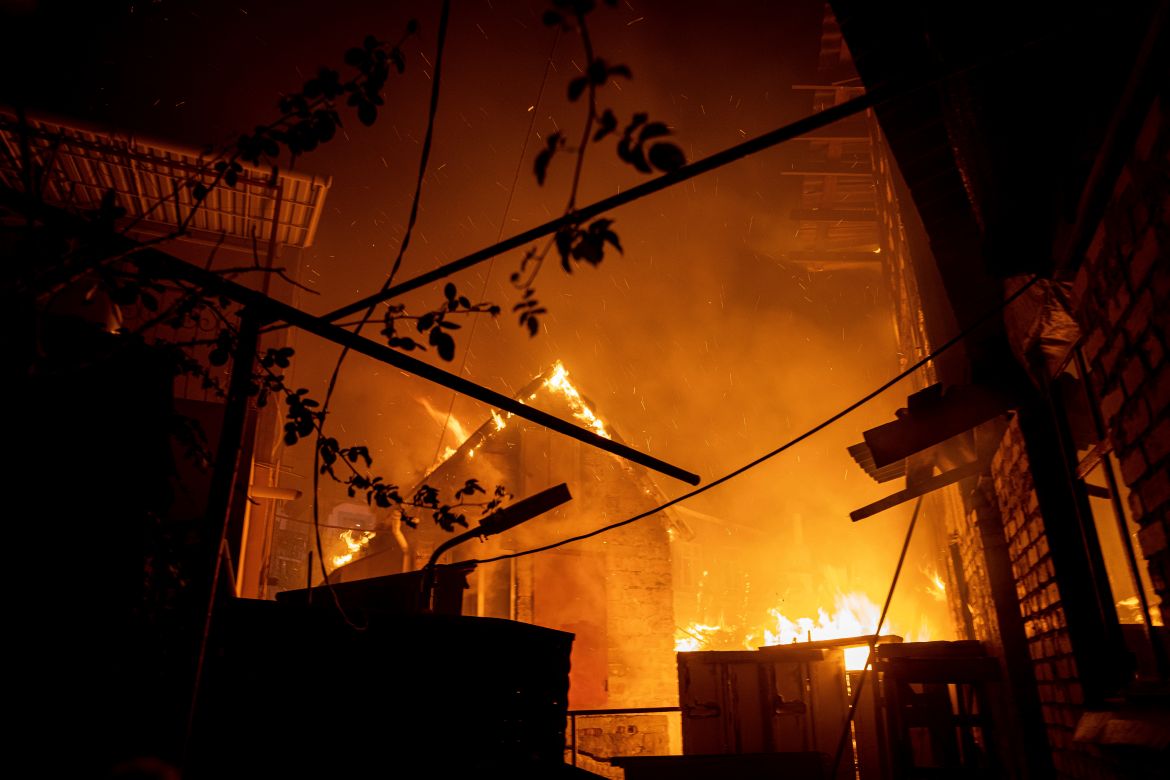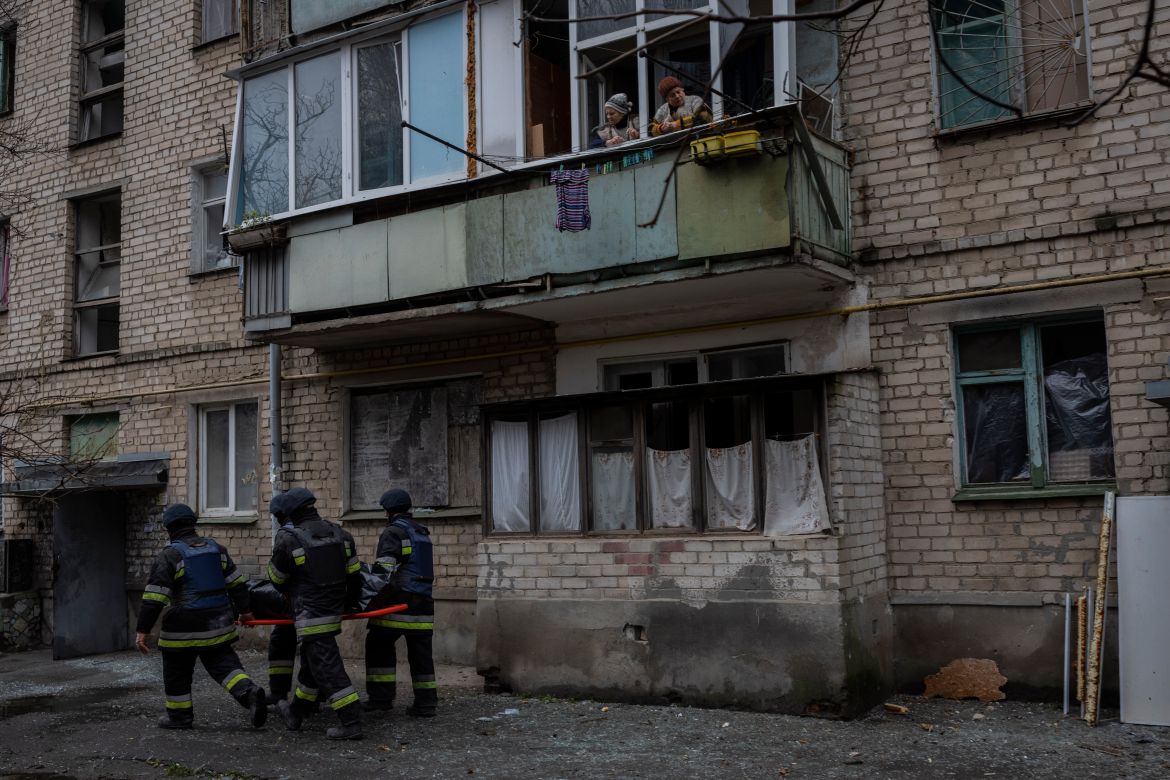In Pictures
A month since Russian retreat, life in Kherson is far from normal
As artillery continues to batter recently retaken southern Ukrainian city, local officials try to clear the mines left behind by Russian troops.
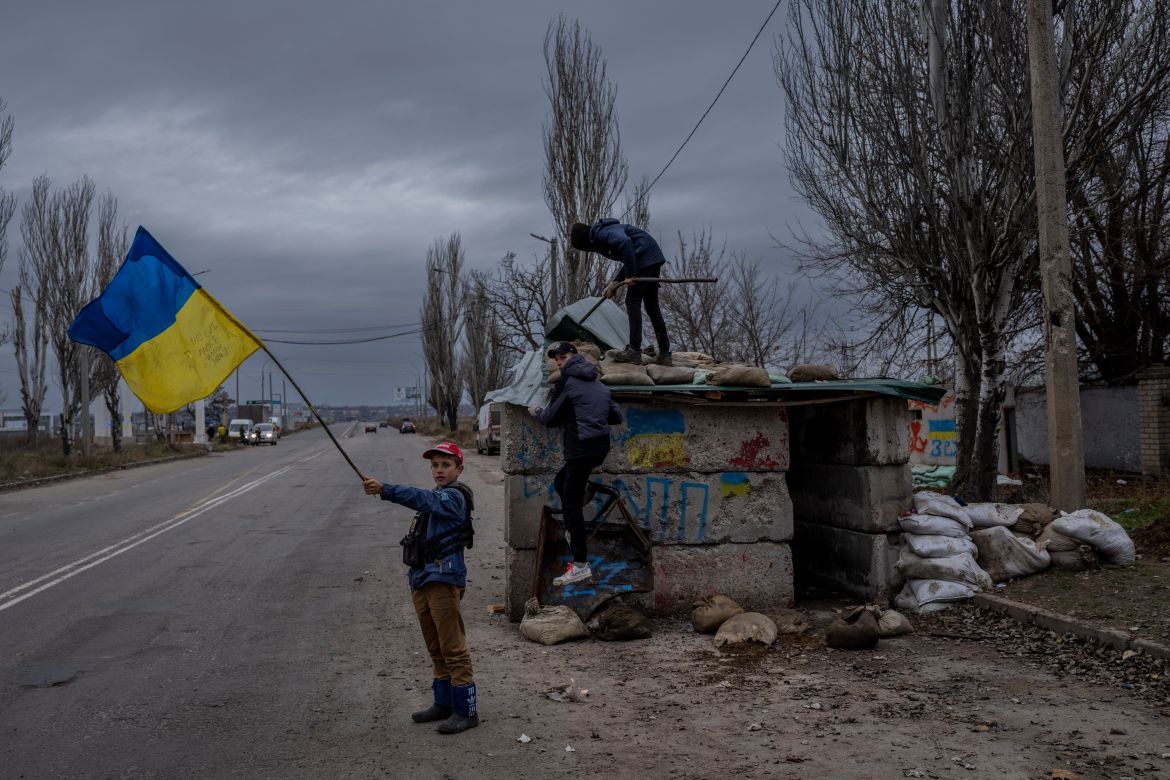
Sunday marks one month since Russian forces retreated from the southern Ukrainian city of Kherson and its vicinity after an eight-month occupation.
But life in the city – which had a pre-war population of some 300,000 people – is still very far from normal.
The departing Russian troops left behind all sorts of ugly surprises, including mines, while their artillery continues to batter the city from new, dug-in positions across the Dnieper River, according to Ukrainian officials. The regional administration said on Saturday that shelling over the past month has killed 41 people, including a child, and 96 were hospitalised.
On Friday alone, according to the local affiliate of public broadcaster Suspilne, Russian forces shelled the region 68 times with mortars, artillery, tank and rocket fire.
Painstaking efforts are ongoing to establish a sense of normalcy, like clearing the mines left behind by the Russians, in spite of the tough wintertime weather.
“The difficulties are very simple: it’s the weather conditions,” one military demining squad member, who goes by the nom de guerre of Tekhnik, told The Associated Press news agency. He said some of their equipment simply did not work in the freezing conditions “because the soil is frozen like concrete”.
The deployment of additional teams could help ease the heavy workload, he said. “To give you an idea, during the month of our work, we found and removed several tonnes of mines,” said Tekhnik, adding that they focused only on about 10 square kilometres (about 4 square miles).
The general state of disrepair of weather-beaten roads helped the outgoing Russians disguise their deadly traps: Potholes, some covered with soil, provided a convenient place to lay mines. Sometimes, the Russian troops cut into the asphalt to make holes were there were none.
In Kherson’s Beryslavskyi district, a main road was blocked off with a sign reading “Mines Ahead” to reroute passersby to a smaller road. In fact, it was the side road that was mined, and cost the lives of some military deminers.
A few weeks later, four police officers were also killed there, including the police chief from the northern city of Chernihiv, who had come down to help Kherson regain its footing.
Regional officials say some 80 percent of Kherson’s pre-war population fled after the Russian forces moved in, days after their invasion began on February 24. With some 60,000-70,000 residents remaining, the city now feels like a ghost town. Those who remain mostly keep indoors because they are worried about going out onto the streets.

